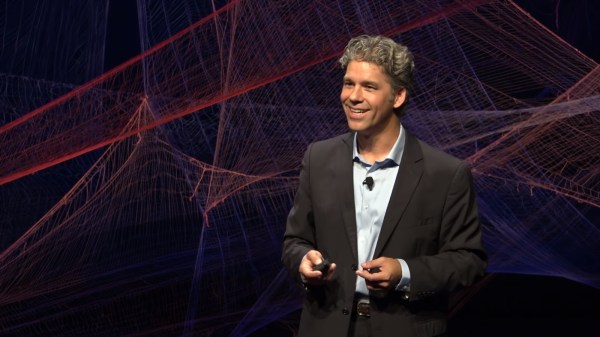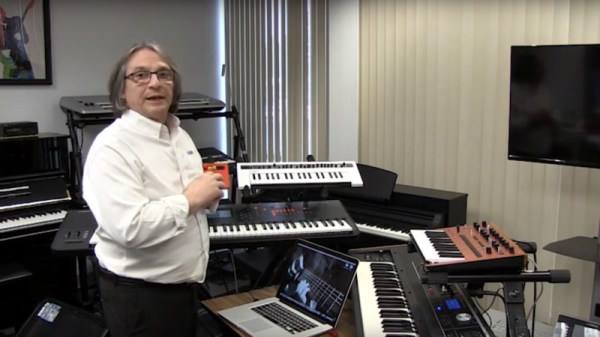Bluntly stated, music is in the end just applied physics. Harmony follows — depending on the genre — a more or less fixed set of rules, and there are a limited amount of variation possible within the space of music itself. So there are technically only so many melodies possible, making it essentially a question of time until a songwriter or composer would come up with a certain sequence of notes without knowing that they’re not the first one to do so until the cease and desist letters start rolling in.
You might well argue that there is more to a song than just the melody — and you are absolutely right. However, current copyright laws and past court rulings may not care much about that. Aiming to point out these flaws in the laws, musician tech guy with a law degree [Damien Riehl] and musician software developer [Noah Rubin] got together to simply create every possible melody as MIDI files, releasing them under the Creative Commons Zero license. While their current list is limited to a few scales of fixed length, with the code available on GitHub, it’s really just a matter of brute-forcing literally every single possible melody.
Admittedly, such a list of melodies might not have too much practical use, but for [Damien] and [Noah] it’s anyway more about the legal and philosophical aspects: musicians shouldn’t worry about getting sued over a few overlapping notes. So while the list serves as a “safe set of melodies” they put in the public domain, their bigger goal is to mathematically point out the finite space of music that shouldn’t be copyrightable in the first place. And they definitely have a point — just imagine where music would be today if you could copyright and sue over chord progressions.
Continue reading “Brute-Forced Copyrighting: Liberating All The Melodies”













